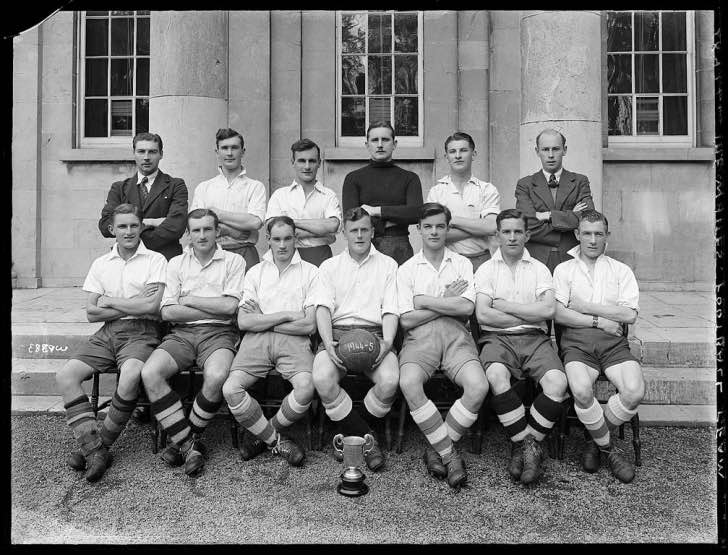
Though the Irish are a fiercely patriotic group of people, regardless of which side of the border they come from, the truth is that Irish football has never truly caught the attention in the same way as the sport did in England. As a consequence, you’ll find that the majority of people on the Emerald Isle have an English team that they support more than a local club side.
That doesn’t mean that they get behind the English national side, however, with the Green And White Army being one of the most vocal sets of supporters in the sport.
The first time football was really played in Ireland occurred in 1882, when an English eleven went up against a team that was made up from the entire island of Ireland at a field in the Bloomfield area of Belfast. The hosts lost 13-0, which may go some way to explaining why the sport doesn’t have quite the same popularity in Ireland as it does elsewhere.
We’ll tell you a little more about that on this page, as well as some information about the Northern Irish football league and the history of the sport in general.
Northern Irish Stadiums
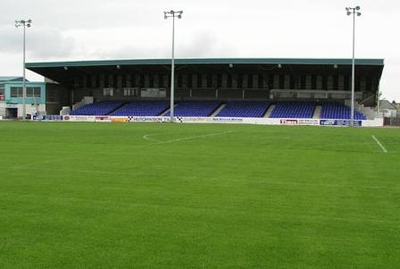
The comparative lack of popularity of football in Northern Ireland might help you to understand why the stadiums around the country lack the same sort of size and illustriousness of those on the other side of the Irish Sea.
That’s not to suggest that no one ever goes to watch teams play, of course. It’s just that the largest ground is Windsor Park and can welcome just shy of twenty-five thousand people, whilst most have capacities well below ten thousand or even five thousand. As a consequence, the facilities are a touch more basic than fans of the likes of the Premier League might have become accustomed to.
Attendances are much lower than English clubs would be used to, with the afroementioned Windsor Park averaging just 2,251 people per game in the 2016/17 season, and that was the highest average attendance in the Northern irish Premiership; the lowest was poor old Ballinamallard United averaging just 437 supporters per game.
Northern Irish leagues
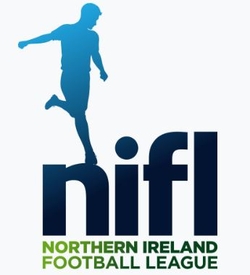 The Northern Irish Football League pyramid has three levels to it, which break down into senior, intermediate and junior.
The Northern Irish Football League pyramid has three levels to it, which break down into senior, intermediate and junior.
These leagues are administered by the North East Ulster Football Association, the Mid-Ulster Football Association, the North West of Ireland Football Association and the Fermanagh & Western Football Association.
In terms of senior football, the national league is the Northern Ireland Football League and features the NIFL Premiership at the top and the second-tier NIFL Championship.
Linfield are by far and away the most successful senior team in the NIFL Premiership, taking home the title an impressive 54 times. Glentoran are second in line but still way behind with 22 league wins to their name.
Northern Ireland National Team
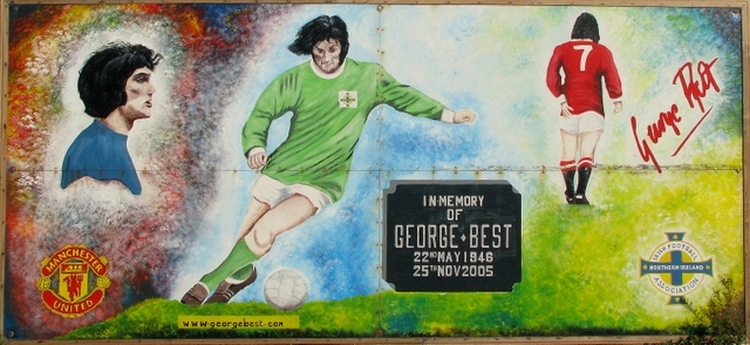
The history of the Northern Irish national side is a complicated one. Anyone who knows anything about the island of Ireland will know that it is split into two, with the Republic of Ireland to the south accounting for around two thirds of the country and Northern Ireland accounting for most of the north.
When football first made it over to Ireland the country was still unified, meaning that the team played its games with representatives from all over the country in the team. Even in the wake of the country being partitioned into north and south in 1920, the Football Association of Ireland continued to organise games involving players from both sides of the border. Northern Irish football in general can be dated back to 1953 when FIFA declared that the two teams had to play as separate entities.
Since then the Northern Ireland national team has included a number of star players including none other than George Best who represented his country from 1964-1977, and Pat Jennings who took his place between the posts in an international career lasting a record 22 years. The country’s problems have affected the national side too however, as recently as 2013 when Neil Lennon retired from international football due to sectarian death threats.
Key Stats
| Northern Ireland National Team Statistics | |
|---|---|
| Year Formed | 1953 |
| Home Stadium | Windsor Park |
| Stadium Capacity | 18,434 |
| Major Honours | None |
| Current Manager | Ian Baraclough |
| Top Scorer | David Healy (36) |
| Most Caps | Steven Davis (123) |
| Best Performance at World Cup | Quarter-Finals (1958) |
| Best Performance at European Championships | Last Sixteen (2016) |
| Kit Colours | Green and White (Home), Light Blue and Dark Blue (Away) |
History Of Football In Northern Ireland
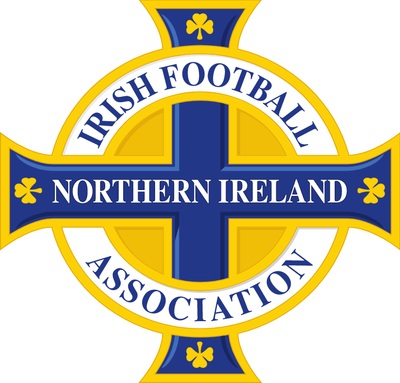 It’s almost impossible to separate any mention of anything in Ireland without making reference to the sectarian tensions that have plagued the country’s history.
It’s almost impossible to separate any mention of anything in Ireland without making reference to the sectarian tensions that have plagued the country’s history.
As an example, Belfast Celtic withdrew from the league in 1949 after a pitch invasion at their match against Linfield at Windsor Park, during which their centre-forward Jimmy Jones, who happened to be Protestant, had his leg broken.
Yet in spite of all of that football has been popular even since it was first introduced to the country in the 1800s, with the league system today hosting twenty-four clubs of semi-professional standard.
